This severe weather phenomenon has also heavily impacted pilgrims performing Hajj, with temperatures soaring past 50°C. According to a tally released by AFP on Thursday, the extreme heat has resulted in the tragic loss of over 1,000 lives.
Global, July 4 (V7N)- The Middle East is currently enduring an intense heat wave, with countries like Iraq, Lebanon, Egypt, Kuwait, and Jordan experiencing soaring temperatures exacerbated by rolling power cuts. The heat wave has also impacted pilgrims performing Hajj, with temperatures exceeding 50°C, leading to a death toll of over 1,000 people, according to an AFP tally released on Thursday.
The extreme heat is not confined to the Middle East. Other parts of the world, including India, the United States, and Europe, are also experiencing severe heat conditions. May 2024 was recorded as the hottest May on record by the EU's climate change monitoring service, with scientists attributing these extreme conditions to climate change.
UAE's Response to Extreme Heat

In the UAE, residents often seek refuge in air-conditioned public spaces, offices, and malls to escape the harsh summer heat. For those who work outdoors, the UAE has implemented its annual mandatory break for outdoor workers from June 15 to September 15, prohibiting labor between 12:30 PM and 3 PM.
The severe heat has led to numerous cases of heat exhaustion and heat stroke. Symptoms of heat exhaustion include weakness, dizziness, headache, nausea, rapid pulse, vomiting, and excessive thirst. Heat stroke, a more severe condition, can cause confusion, organ failure, and death if not treated promptly. Immediate medical attention and rapid cooling are essential for those suffering from heat stroke.
Government Actions and Climate Concerns
The unprecedented heat waves have prompted the Abu Dhabi government to launch a heat alert in 2024. Experts warn that if global temperatures rise by more than 1.5 degrees Celsius over the next half-century, most people in the Middle East will face extreme heat conditions by 2050, according to a study published in Nature Sustainability.

The escalating heat presents significant challenges, including strained energy infrastructures, transportation issues due to overheated vehicles, and an increased likelihood of wildfires. The reliance on air conditioning, while necessary, contributes to a vicious cycle of energy consumption and greenhouse gas emissions, further exacerbating climate change.
The extreme heat is particularly dangerous for poor laborers who lack access to air conditioning, highlighting the growing global divide in how heat waves are experienced. The socioeconomic disparities exacerbate the vulnerability of certain populations to heat waves, underscoring the necessity of addressing these disparities in climate adaptation strategies.
Collective Action Needed
Experts emphasize the importance of collective action from both the private sector and individuals in combating the effects of extreme heat. Simple actions like planting more trees can significantly impact urban landscapes, creating cooler and more sustainable environments.
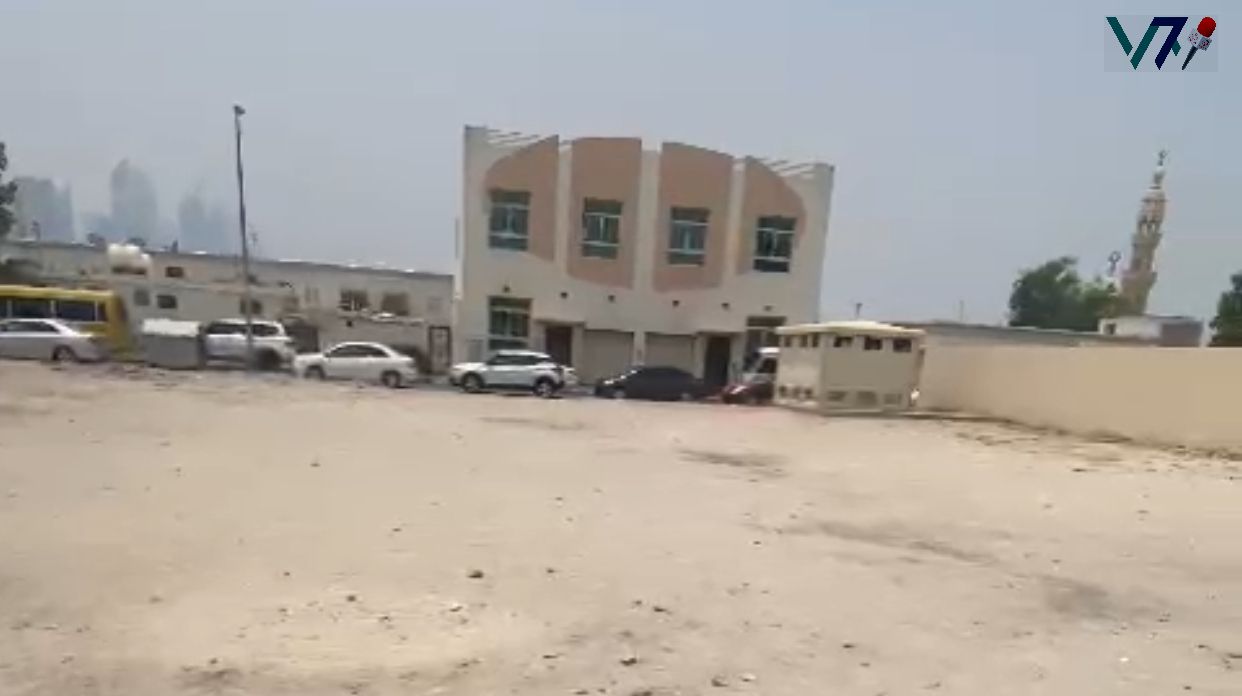
As temperatures continue to rise, the need for sustainable, inclusive solutions becomes increasingly urgent. Only through a comprehensive and equitable approach to climate adaptation can we hope to safeguard regions like the Middle East and ensure a livable future for all.
END/SMA/DK/





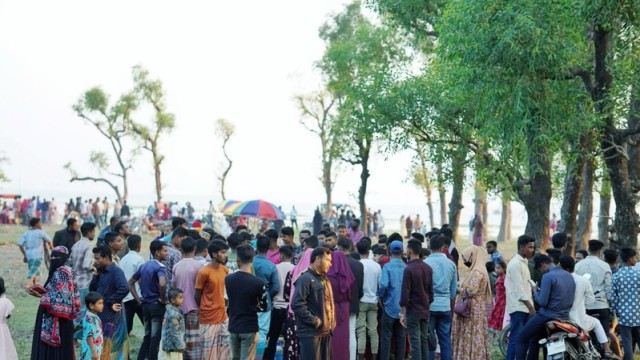
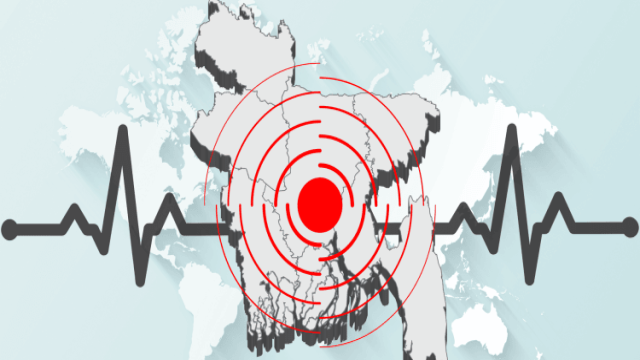


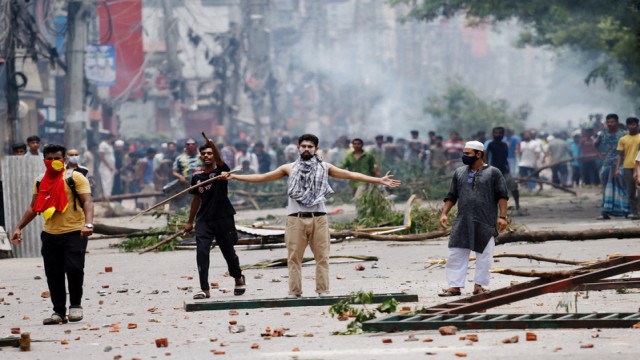
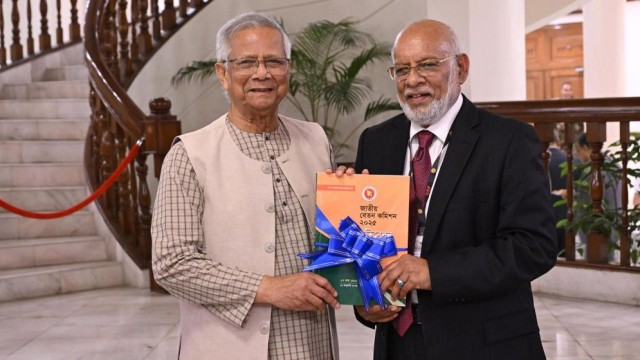








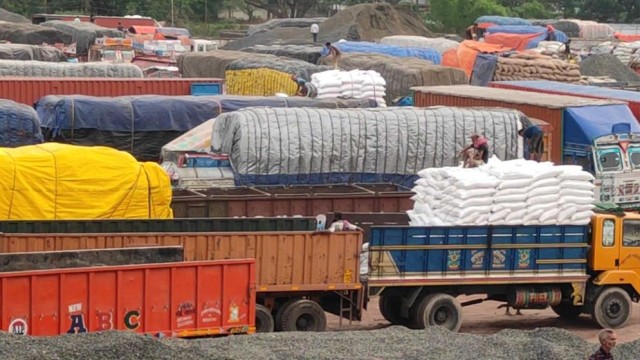











Comment: